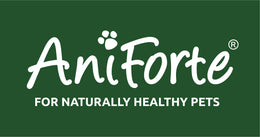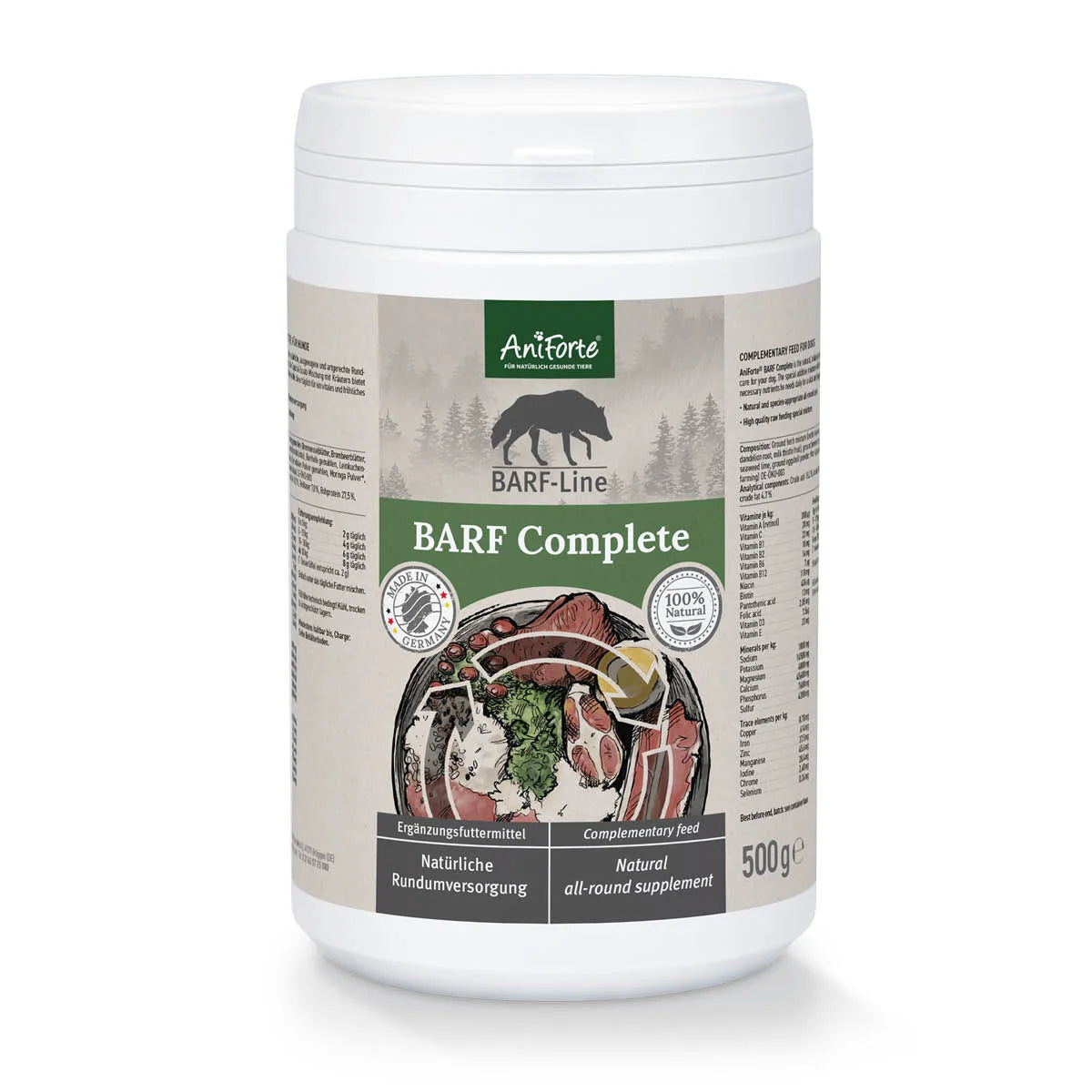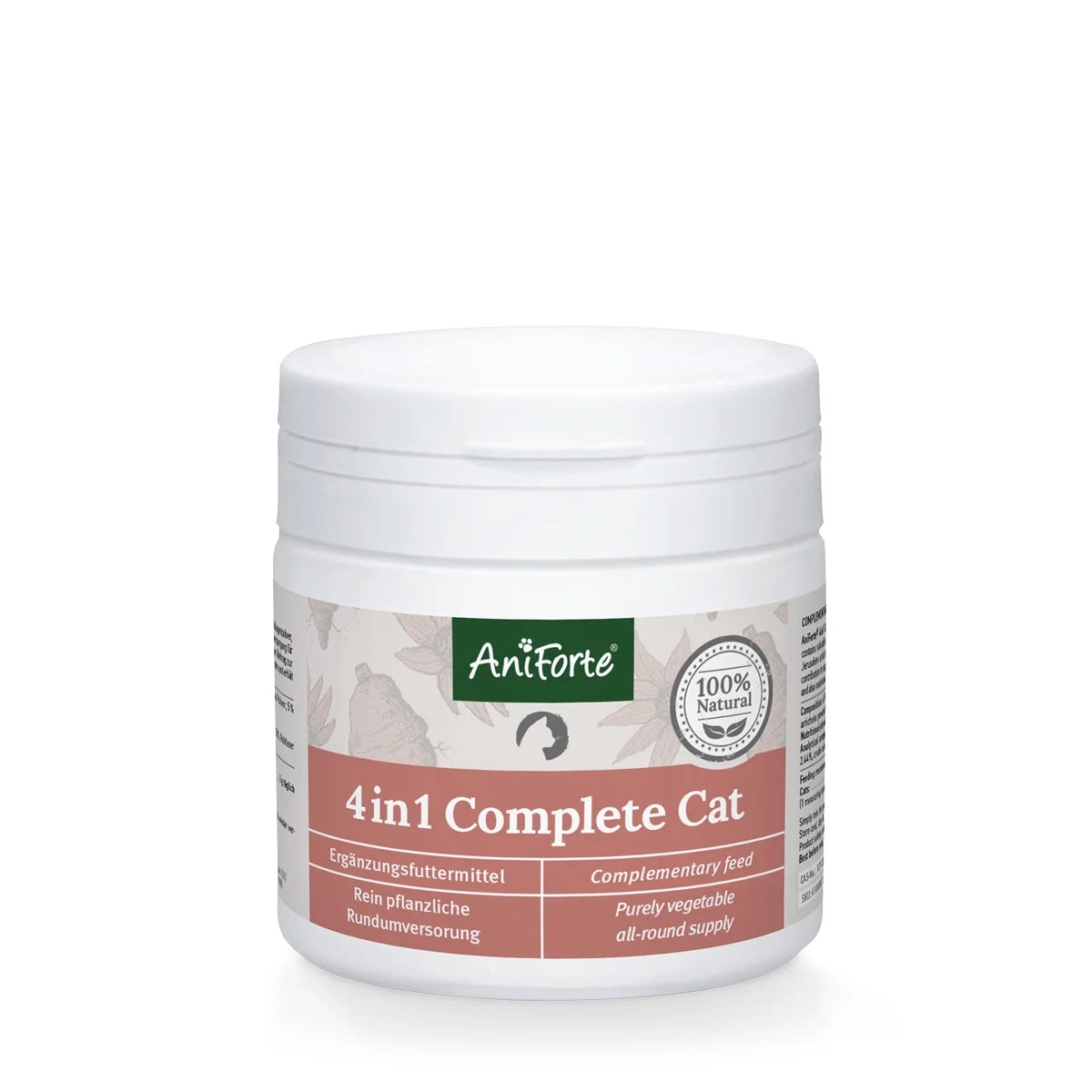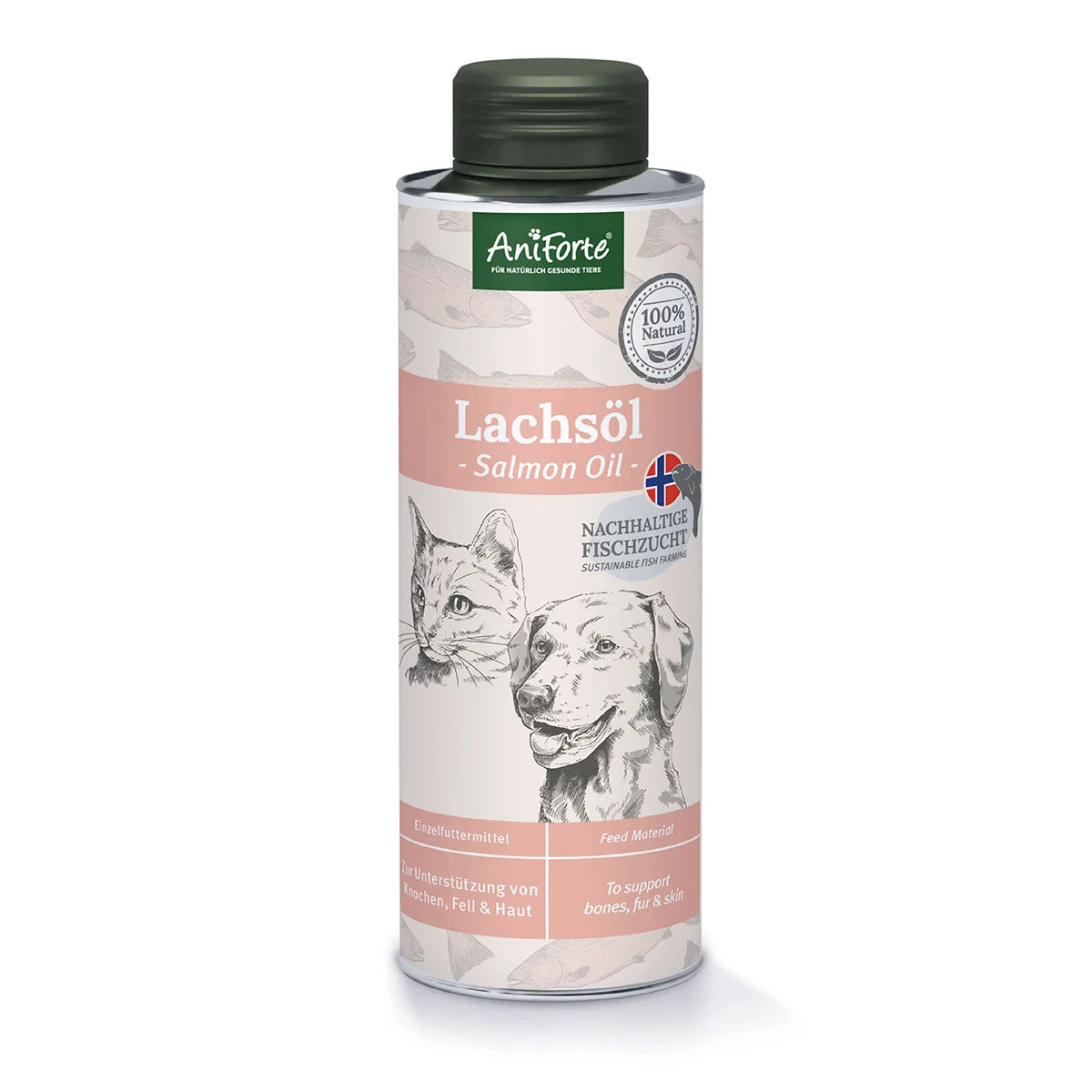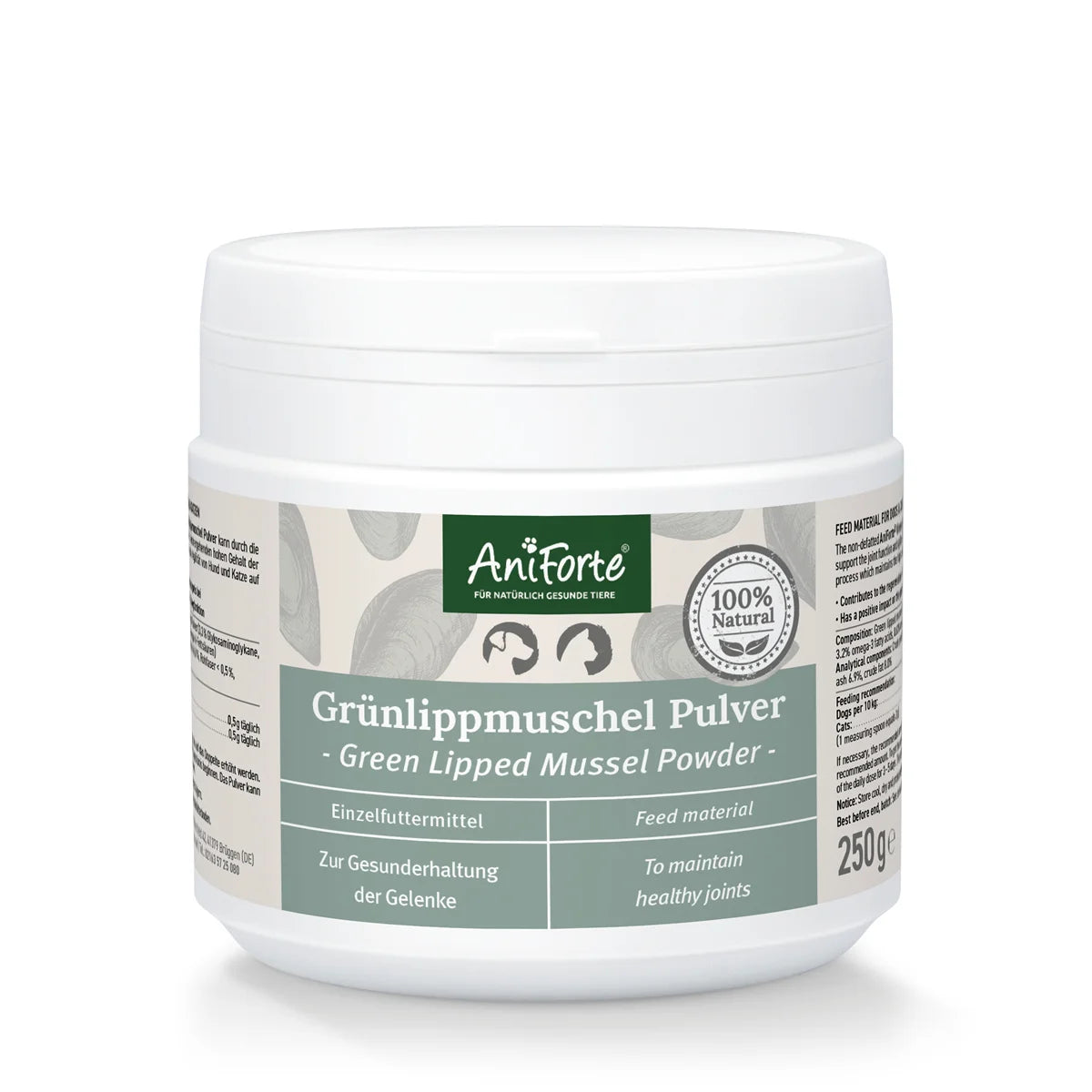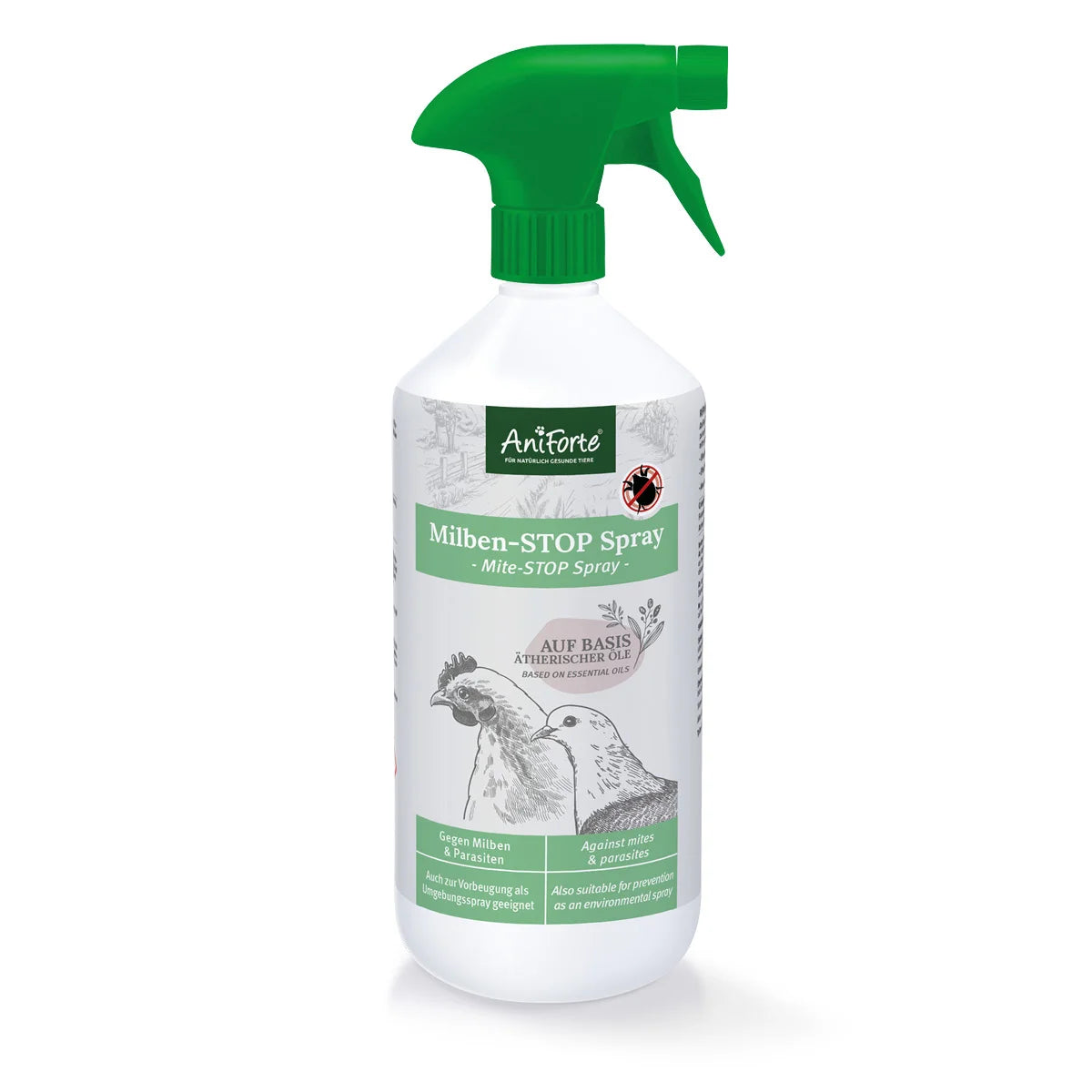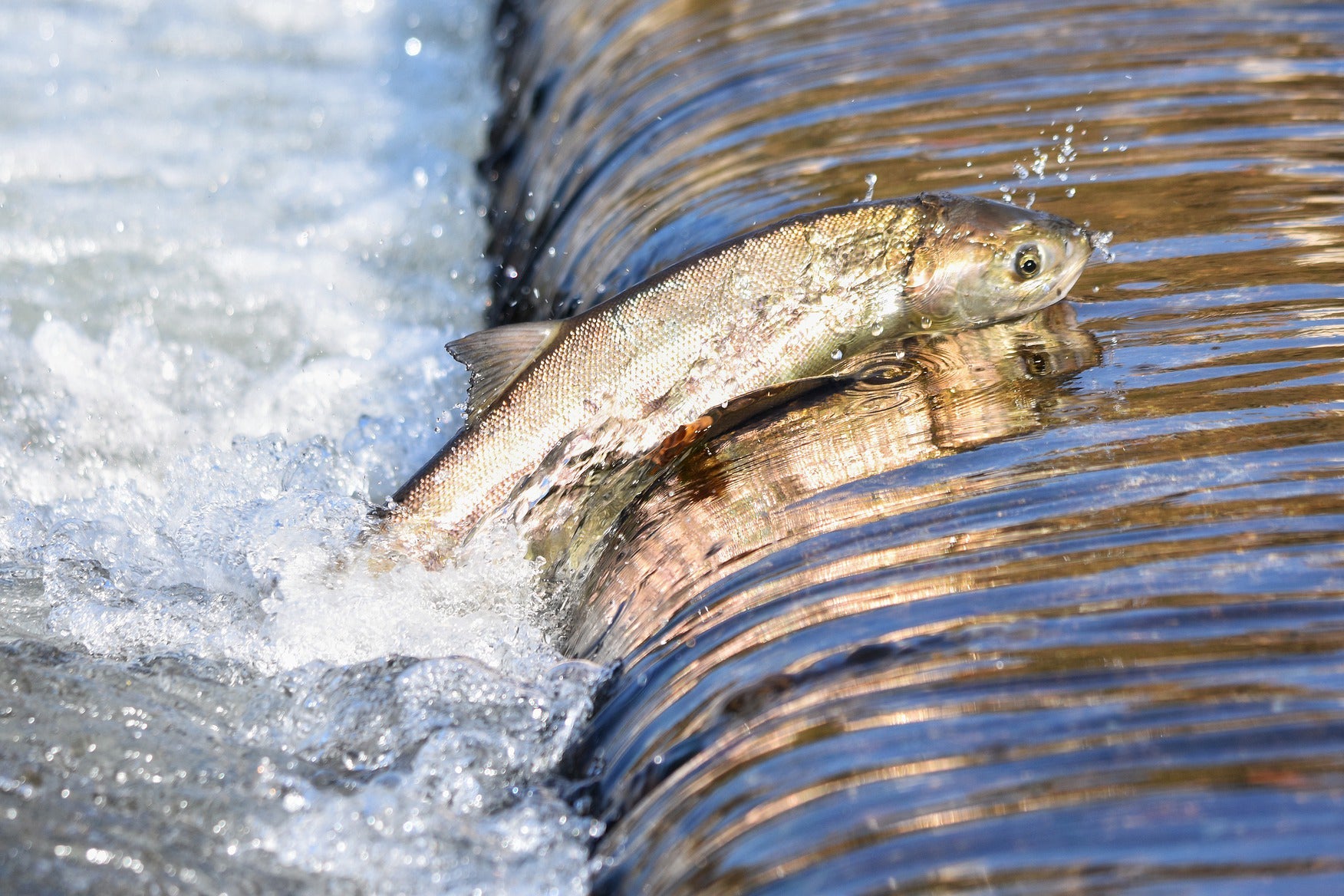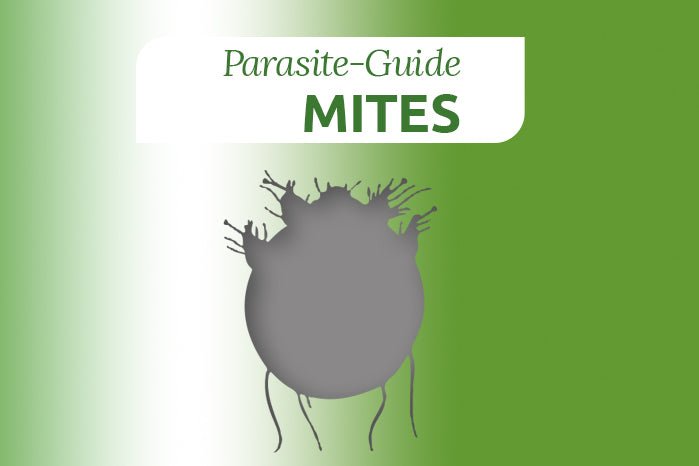
Preventing tartar buildup and dental disease
The topic of dental care for dogs is often neglected. Many pet owners do not realize how crucial it is to care for their dog’s teeth. Dental care is not just important for optics, but insufficient dental hygiene can have grave consequences affecting the overall health of your dog.
Bacteria can cause infections, attack the liver, heart and kidneys and cause other illnesses in your pet. You can actively support your dog to prevent the often unnecessary consequences of dental disease. Today we will give you some tips on what to pay attention to, and how you can get your dog used to teeth brushing.
Consequences of bad teeth on your dog’s health
Many pet owners underestimate the importance of active tooth care with their pets. Issues with bad teeth are not reduced to the area of the mouth but can have an effect on your dog’s overall health. Plaque buildup and tartar are causing gum infections and, if untreated, can cause teeth to loosen and eventually fall out. This of course affects your dog’s wellbeing dramatically.
Bad teeth may, however, lead to even worse effects. Long-lasting tartar may cause inflammation of the tooth bed, which, in bad cases, can affect the jawbone. Bacteria can then advance further into the organism and start harming the animal’s organs, leading to other serious diseases.
But let us back up – what is plaque and tartar, and how is this annoying coating formed on the teeth?
Plaque and tartar – how are they formed?
Plaque is the culprit of many tooth problems and in most cases the beginning of trouble with tartar, gum infections and periodontitis. Plaque is formed after the meals from leftover bits of food, germs, and bacteria. This barely visible film starts coating the dog’s teeth and can accumulate easily without regular dental care. If this coating is not removed over a longer period of time, plaque and minerals in the saliva are forming tartar, a crusty deposit you won’t be able to brush away anymore.
This hardened mass of bacteria can only be removed by a professional cleaning done by your vet. This procedure is performed while your dog is anesthetized, which poses its own risks in many older or weak animals. The solution is to remove plaque on a regular basis to avoid the buildup of tartar.

How do I recognise tartar?
Tartar is a dark grey or black crusty deposit on the teeth. It forms a strong bond with the tooth and cannot be removed by brushing. Oftentimes, tartar is associated with intensive bad breath as well. This bad odor is caused by bacteria that feed on leftover bits from the meals and produce bad smelling excretions. That is why bad breath in your dog is a first sign of plaque and tartar.
Other signs of plaque and tartar can be spotted on your dog’s gums. All around the tooth, the gums may be red or even bloody. This means that the bacteria have advanced into the gums and are causing gum inflammation (gingivitis). If the tartar is in an advanced state and mouth infections are present, the dog is usually displaying altered eating behaviours. He will chew on the other side of the mouth and avoid certain ways to close the mouth. He will avoid chew toys, bones, and even dry food. Your dog may start to act lethargic and listlessly.
How can I prevent tooth disease and tartar?
The best and only way to prevent all these issues is with regular dental hygiene. As with us humans, there’s really no other way.
There are a lot of products available on the market to assist you with your dog’s dental care, from chew balls and chew bones to denta-sticks and even mouthwash. You can also use food supplements containing seaweed meal, which has proven effective to soften the plaque and help reduce tartar and gum disease along with bad breath.

However, the most effective method to prevent tartar buildup in your dog is to brush his teeth. Not every dog finds this procedure pleasant, however. So, it’s important to get them used to it from an early age, and connect this daily routine with a positive experience like a treat.
How to brush your dog’s teeth correctly
You can use a special dog toothpaste and tooth brush. There are usually two brushes, a larger and a smaller one, so you can adjust the brush to the size of the teeth. Be incredibly careful when brushing your dog’s teeth so as not to injure the gums with the rough bristles.
The better tool to use for brushing your dog’s teeth, however, is a so-called “fingerling,” a finger toothbrush made from cotton or silicone. You simply put it onto your finger, apply a little toothpaste, and lightly brush your dog’s teeth. Do not forget the teeth in the back! Once you are done, offer a treat to your dog to help him associate the brushing with something fun.
How to train your dog to accept dental care
Brushing your dog’s teeth requires practice and is not easy. Many dogs resent all the action in their mouth. So, to get your dog used to the brushing, start with the dental care when he is still a puppy. You can caress his mouth with your hand, lift his lips lightly and touch his teeth. Keep it short and offer a treat afterwards.
The second step adds a “fingerling” tool to the procedure, and do not forget to reward, reward, reward! You gradually step up your game until your dog will let you brush his teeth.
Conclusion
To avoid problems with your dog’s teeth, you will need to practice good dental hygiene. By brushing the teeth, you remove the bacteria that cause tartar buildup. Brushing your dog’s teeth should be a part of the regular care along with clipping claws and brushing the coat during times of fur change.
The alternative can be several lengthy, unpleasant and expensive measures like dental cleaning, gum treatment and in some cases even oral cavity restoration.
